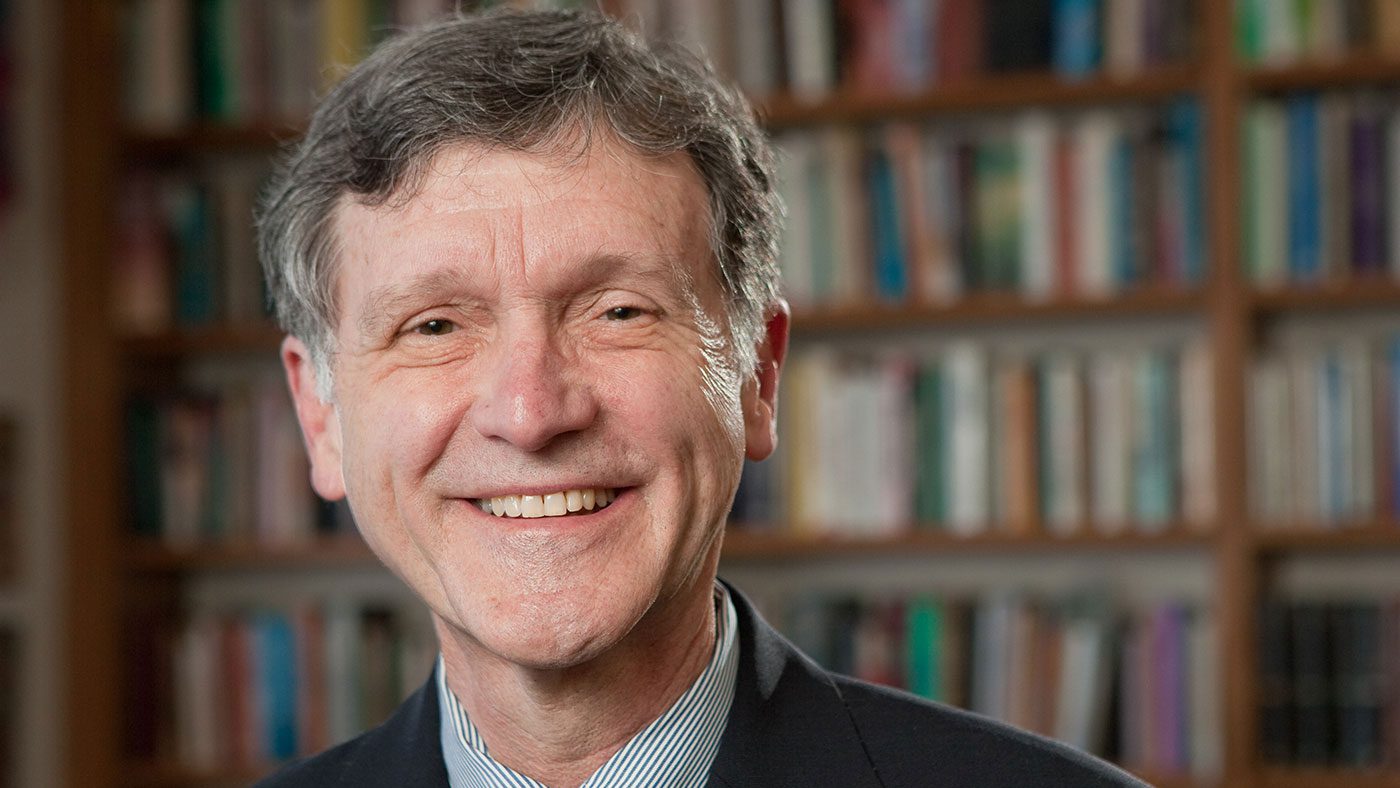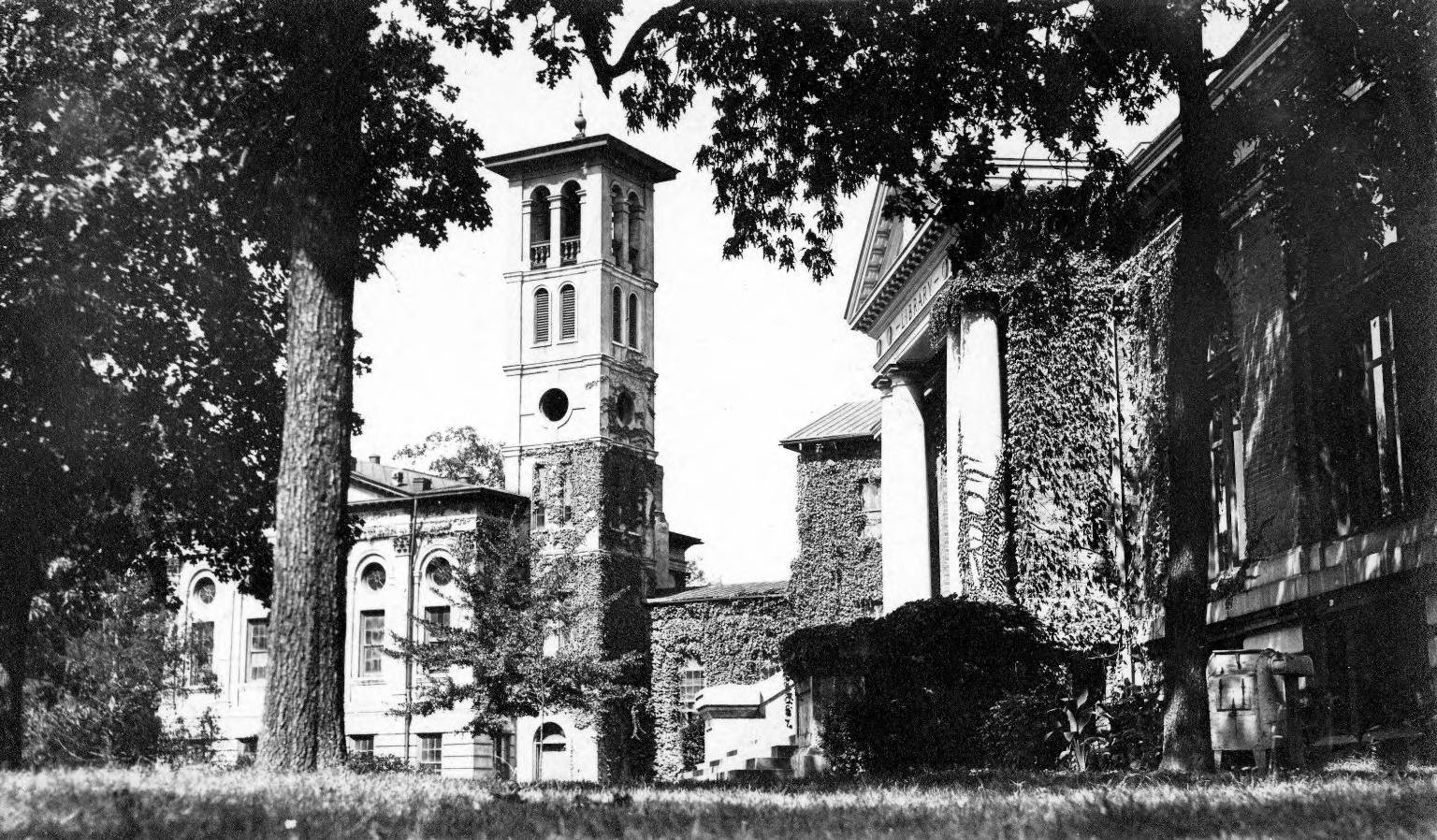Inspired by Abraham, a former slave of James C. Furman (the university’s first president), the “Seeking Abraham” project investigates Furman University’s historical connections with slavery. The University Provost, George Shields, appointed the Task Force of professional historians, archivists, faculty, staff, alumni, and students to conduct research on Furman’s past and make recommendations that help imagine a more just acknowledgment of that past. The hope is that this project will educate students, and the world more broadly, that the work of historical remembrance, especially regarding race relations, is an opportunity for understanding and community advancement. As Furman grows to become an even more public-serving community partner, we move away from ignorance or indifference, to put truth, understanding, and repair as our preeminent values.
This walking tour, which was created by Furman faculty and students and sponsored by a grant from the Associated Colleges of the South (ACS) in 2017, mixes chronology and a reasonable walking path to narrate Furman’s roots in antebellum slave culture into its modern reckoning with that history.
If you have questions please contact us. Read the Seeking Abraham report here.
The media below provide several ways into understanding this project better.
Felicia Furman, Mark Rumph, and Bobby Donaldson discuss their perceptions of the Seeking Abraham project.


